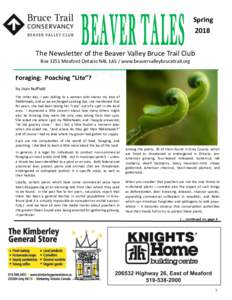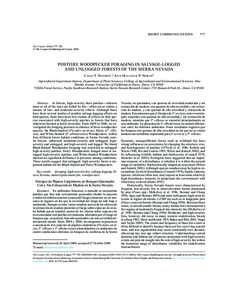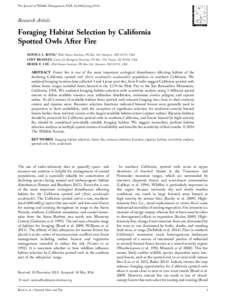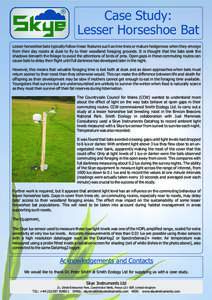<--- Back to Details
| First Page | Document Content | |
|---|---|---|
 Date: 2012-09-24 03:19:41Computational phylogenetics Bioinformatics Sequence alignment Bee Bumble bee Forage Foraging Sequence Null hypothesis Plant reproduction Pollinators Beekeeping |
Add to Reading List |
 Behavioral Ecology Vol. 8 No. 2: [removed]Trapline foraging by bumble bees: II.
Behavioral Ecology Vol. 8 No. 2: [removed]Trapline foraging by bumble bees: II.


